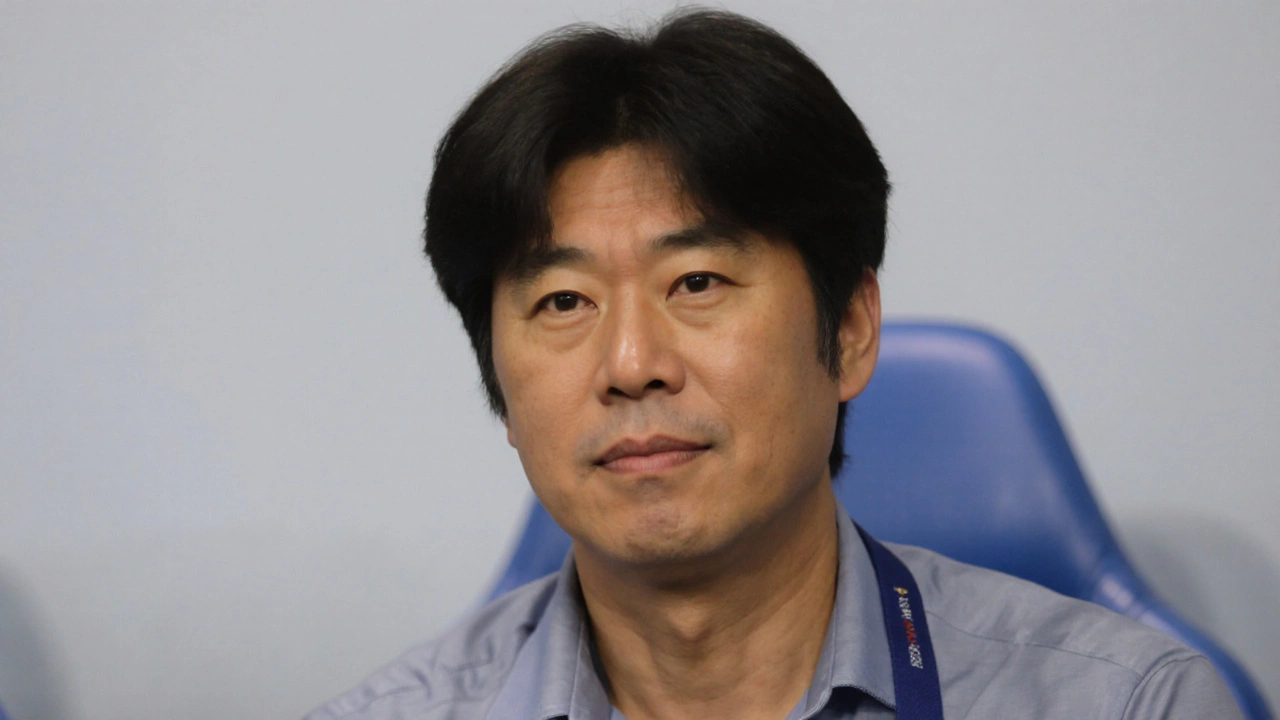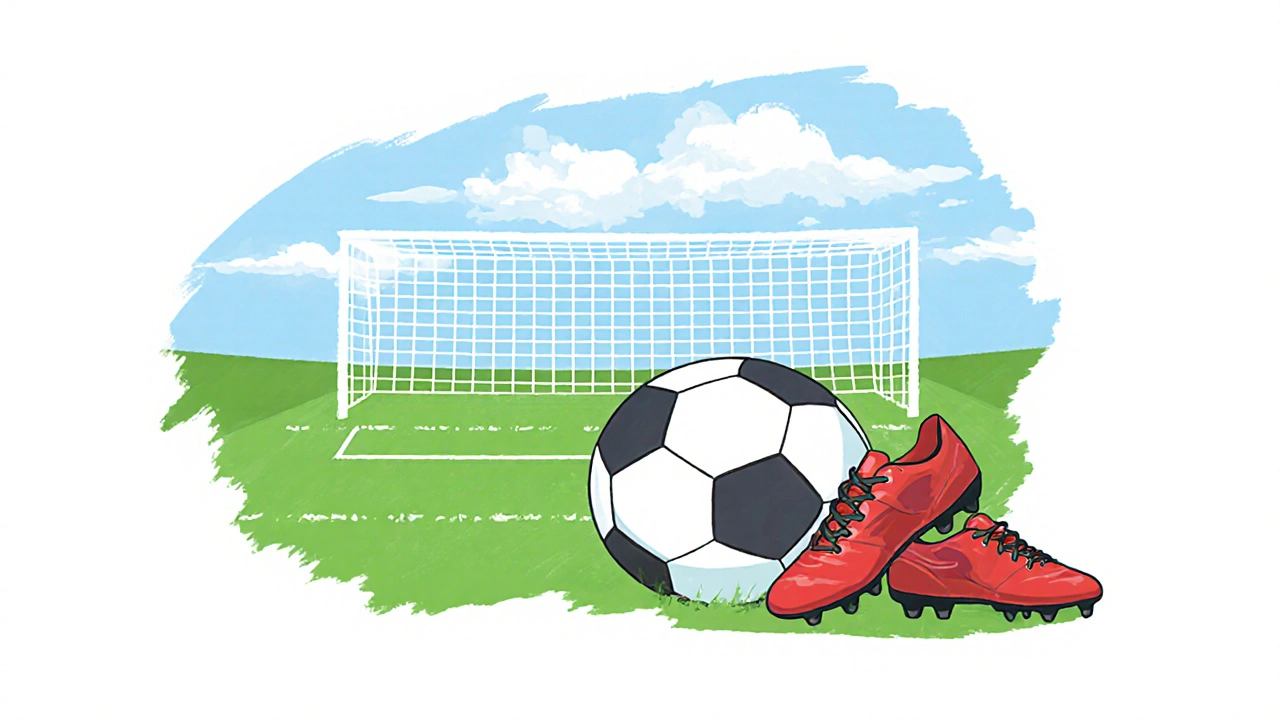The Chinese Super League may be just over two decades old, but its trophy cabinet already tells a story of shifting power, big‑money signings and surprising upsets. Since the league’s modern era began in 2004, forty clubs have taken part, yet only nine have ever walked away as champions. That blend of variety and occasional dominance makes the CSL a fascinating case study for anyone who follows Asian football.
Most Successful Clubs: Who Owns the Crown?
At the top of the hierarchy sits Guangzhou Evergrande, a club that has rebranded several times but never lost its winning edge. With eight league crowns, the Guangzhou side defined the 2010s, snatching three straight titles in 2013, 2014 and 2015 and adding two league‑and‑cup doubles in 2012 and 2016. Their success was driven by heavy investment, foreign star power and a coaching staff that mastered the mix of tactics and physicality.
Trailing Guangzhou is Shandong Taishan, formerly known as Shandong Luneng. The Jinan‑based club has collected four championships, the latest in 2021, and boasts three league‑and‑cup doubles – more than any other team. Those doubles came in 1999, 2006 and 2021, confirming Shandong’s knack for performing when it matters most across both the league and the Chinese FA Cup.
Shanghai Port, previously Shanghai SIPG, represents the emerging elite. After a decade of steady improvement, the club clinched back‑to‑back titles in 2023 and 2024 and captured its first double in 2024. Their rise reflects a new generation of Chinese clubs that blend hometown talent with selective foreign imports.
Other notable name‑checkers include Dalian Shide (three titles and doubles in 2001 and 2005), Beijing Guoan (two crowns), and one‑off winners Changchun Yatai and Shenzhen Jianlibao. Each of these clubs left a mark, proving that the CSL has never been a monopoly of a single city or owner.

Recent Champions and Growing Competition
The past five seasons illustrate a league in transition. Wuhan Three Towns shocked everyone by winning their maiden title in 2022, showing that well‑run lower‑profile clubs can challenge the traditional big guns. Shanghai Port’s consecutive victories in 2023 and 2024 cemented their status as a new powerhouse, while Shandong Taishan’s 2021 triumph reminded fans that the old guard can still bite.
Guangzhou’s dominance appears to be winding down; their last league win came in the mid‑2010s. In recent years, the club has faced financial constraints and a reshuffling of its squad, making it less of a guaranteed winner. This opening has encouraged other clubs to invest smarter, hire innovative coaches and focus on youth academies, all of which has tightened the race for the top spot.
Overall, the CSL now boasts a more competitive balance than any period in its history. With nine different champions and nine league‑and‑cup doubles, the data suggest that success is spreading, not concentrating. Fans can expect surprise title runs, more dramatic finish‑line battles and a league that continues to elevate its profile on the Asian stage.
Beyond the statistics, the CSL’s story mirrors China’s broader sporting ambitions: a push for higher standards, international recognition and a sustainable football ecosystem. As clubs like Shanghai Port and Wuhan Three Towns prove that success can be built in different ways, the league’s future looks both unpredictable and exciting.


Comments
Mohamed Rafi Mohamed Ansari
Thanks for the thorough breakdown of the CSL’s evolution. It’s useful to note how investment patterns shifted after Evergrande’s peak, especially when clubs began emphasizing youth developmen utilsie. The data you provided on doubles clarifies why Shandong’s 2021 season felt like a renaissance. Overall, the article serves as a solid reference for anyone studying Asian football economics.
September 27, 2025 at 07:06
अभिषेख भदौरिया
Reading this reminds me how sport mirrors broader societal change – the CSL’s rise reflects a collective ambition toward excellence. It’s uplifting to see newer clubs like Wuhan Three Towns break through, showing that perseverance can reshape the hierarchy. The narrative you’ve crafted offers hope that football can unite diverse fanbases across China.
September 28, 2025 at 08:13
Nathan Ryu
While the overview is commendable, it glosses over the ethical concerns of massive spendings that ignore financial fair play. Clubs chased glory at the expense of sustainable governance, leading to debt spirals that jeopardized local communities. A more critical lens would consider the human cost behind the glittering trophies.
September 29, 2025 at 09:13
Atul Zalavadiya
The Chinese Super League’s trajectory is nothing short of a cinematic saga, replete with dazzling signings, strategic upheavals, and unexpected plot twists that keep even the most seasoned pundits on their toes. When Guangzhou Evergrande first injected capital into the roster, the ripple effect was akin to a meteor shower across the Asian football firmament, illuminating every corner of the market and compelling rivals to scramble for talent. Yet, that meteoric rise was not immune to the gravitational pull of fiscal reality, as the club’s later financial constraints underscored the perils of unsustainable extravagance.
Shandong Taishan, on the other hand, epitomizes the classical hero arc: a steady ascent underpinned by methodical investments, culminating in a triumphant double that resonated like a triumphant fanfare across Jinan. Their adherence to a balanced blend of domestic prodigies and judicious foreign imports forged a resilient identity that could weather the tempests of modern football economics.
Enter Wuhan Three Towns, the underdog that burst onto the stage with the subtlety of a rogue comet, defying conventional wisdom by leveraging astute scouting and a cohesive team ethic rather than sheer monetary might. Their 2022 triumph destabilized the entrenched hierarchy, proving that strategic ingenuity can triumph over raw cash flow.
Shanghai Port’s back‑to‑back victories in 2023 and 2024 further illustrate the league’s evolving competitive equilibrium, as the club deftly integrated homegrown talent with targeted foreign acquisitions, crafting a style of play that is both aesthetically pleasing and ruthlessly efficient. This synthesis of flair and pragmatism signals a maturation in the CSL’s tactical landscape, where clubs no longer rely exclusively on star power but instead cultivate a holistic footballing philosophy.
Moreover, the league’s broader narrative mirrors China’s national ambitions: an unwavering drive toward global recognition, coupled with a desire to construct a self‑sustaining football ecosystem that can nurture talent from grassroots to the world stage. The diversification of champions, now numbering nine, suggests a democratization of success that bodes well for the league’s long‑term vitality.
In conclusion, the CSL’s story is a vivid tapestry woven from threads of ambition, resilience, and adaptability. Its future, while unpredictable, promises continued intrigue, as clubs experiment with novel management models, youth development pipelines, and cross‑border collaborations. Fans worldwide should brace for a roller‑coaster ride, where every season could herald a new champion and another compelling chapter in this ever‑evolving saga.
September 30, 2025 at 13:00
Amol Rane
One could argue that the romanticized narrative overlooks the stark reality: a league still shackled by oligarchic interests and superficial branding. The glorification of “new powerhouses” masks the underlying dependency on state‑backed capital, rendering the competition more theatrical than authentic.
October 1, 2025 at 15:23
Venkatesh nayak
While the historical overview is adequate, it could benefit from a deeper statistical analysis of goal differentials and possession metrics across seasons 😊. Such granular data would illuminate tactical evolutions beyond mere championship counts.
October 2, 2025 at 17:46
rao saddam
Wow!!! The CSL has really come a long way!!! It's insane how quickly clubs have turned around their fortunes!!! This just goes to show that with the right mindset and relentless work ethic, anything is possible!!! Keep pushing, guys!!!
October 3, 2025 at 20:10
Prince Fajardo
Oh, sure, because a few extra exclamation points magically solve the deep‑rooted issues of financial mismanagement and talent drain. 🙄
October 4, 2025 at 19:46
Subhashree Das
The article glosses over the glaring performance gaps that persist between the top three clubs and the rest of the league. Statistical analysis reveals that average points per game for mid‑table teams remain stagnantly low, indicating a systemic competitive imbalance despite the veneer of parity.
October 5, 2025 at 23:33
jitendra vishwakarma
Interesting take, glad u shared.
October 7, 2025 at 03:20